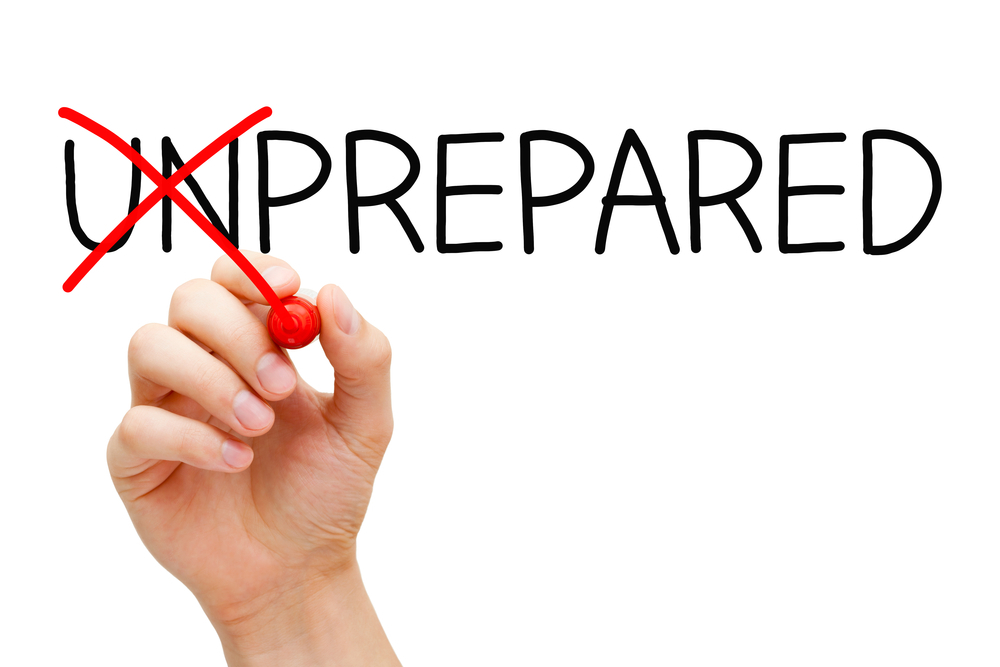Continuity
Finding the Gaps in Your Emergency Operations Plan Before a Disaster

When disasters happen, chaos follows. The phones are ringing. Everyone wants to know what’s going on and what they are expected to do. The media is calling. Families of employees are trying to get news about their loved ones. First responders are on site. You need to check in with legal and keep company leadership in the loop.
Imagine trying to manage all of this, while actively responding to a disaster. This is why so many companies have an Emergency Operations Plan (EOP) in place. An EOP allows an organization to effectively manage a disaster by describing key roles, responsibilities, and the actions that must be taken during an emergency response.
The problem with an EOP however, is that sometimes there’s a blind spot. A potential disaster isn’t planned for, an important response step is left out, or there’s another problem that interferes with an effective response. This is why it’s critical to review your EOP and identify any gaps in your preparedness planning.
What is an EOP?
An EOP, also called a response plan, is a document that describes how your organization will respond to any disaster. Whether you are facing a supply chain issue, a weather-related disaster, or violence on a site, the EOP should detail how you will respond, who will respond, and how you will recover.
A typical EOP contains the following:
The purpose of the EOC
A list of potential disasters
Procedures for setting up a Emergency Operations Center (EOC)
A description of the people and roles who will be in the EOC
A list of communications procedures
A list of all devices and technology you will need for emergency communications
The hierarchy of power within the EOC
Plans for setting up a backup EOC in case your primary site is compromised
A word about the EOC
The EOC is a critical piece of disaster response. It’s a central location where several decision-makers can work side-by-side during an incident, a center of all communications, and a place where decisions can be made quickly as a team. Members of every major department should be in the EOC, as should a media spokesperson. The EOC doesn’t have to be fancy. It can simply be a conference room with enough phone hookups and outlets to support several people.
Finding the holes in your disaster plan
No EOP is perfect right off the bat. Every organization faces risks they don’t yet know about, or has gaps in their security controls. Your job is to find those gaps before an incident occurs. Below are some steps that can help.
Start with a good template: You don’t have to reinvent the wheel when you start writing your EOP. There are plenty of strong templates available that you can use as a base for your response plan. Find one from a trusted source that best fits your needs and build on it.
Get training: Make sure your team has disaster training. There are also many disaster training courses available, including government resources. Training is a crucial part of preparedness.
Exercise, exercise, exercise: The only way to know if you are truly prepared is to test your organization’s preparedness. Run exercises with your team. Do tabletop exercises so that team members can practice responding to disaster scenarios.
Sometimes organizations don’t like to run exercises, but tabletops and other tests are key parts of finding the gaps in your response plan. Remember, the purpose of these exercises is not to point out the flaws in your EOP. It’s to expose any situation for which you are not prepared. The more you know, the better you’ll be able to fill in those gaps.
For more information about emergency planning as well as a list of the 10 agencies you should form relationships with before a disaster, subscribe to Circadian Risk’s blog.





